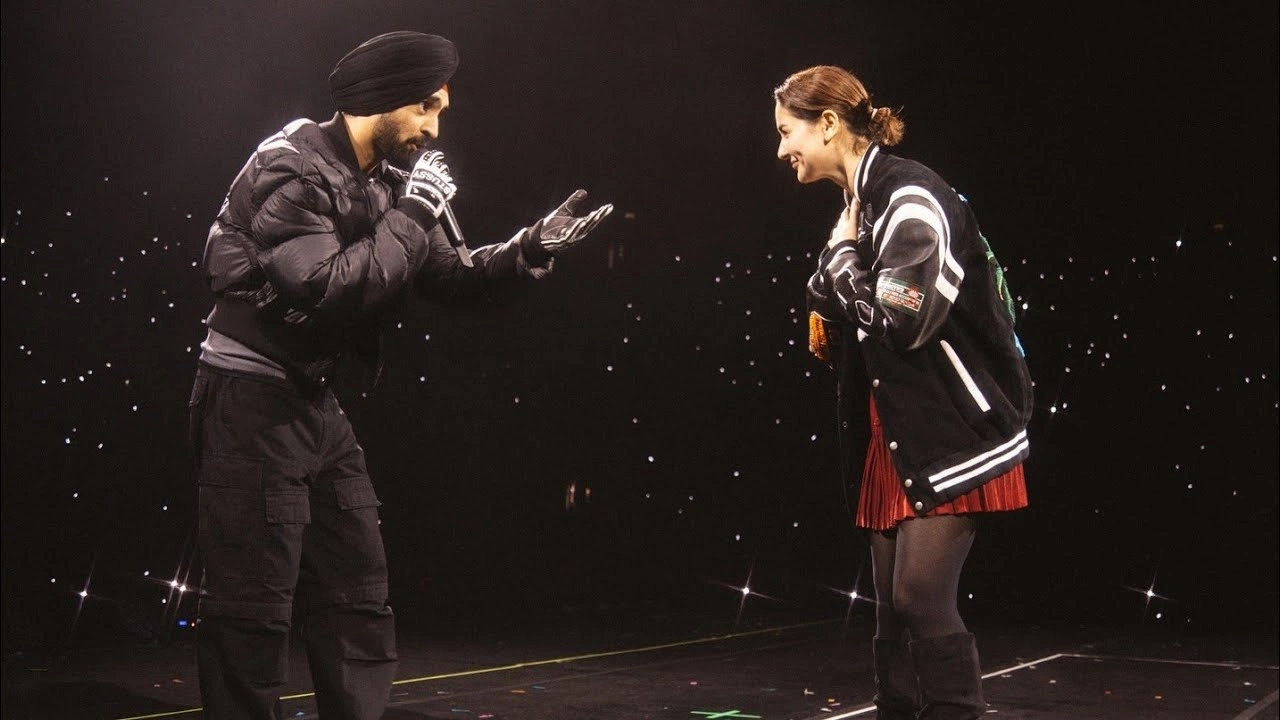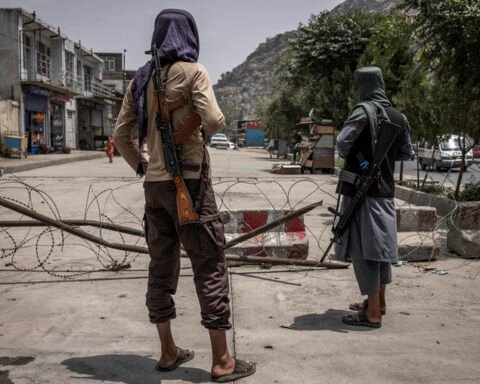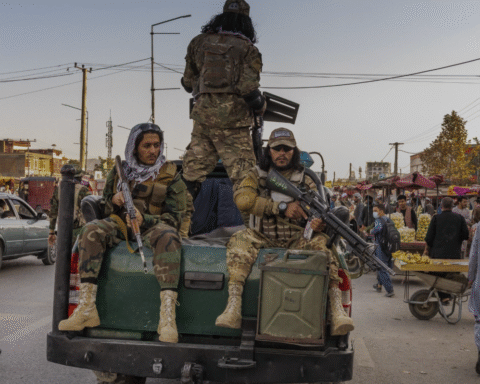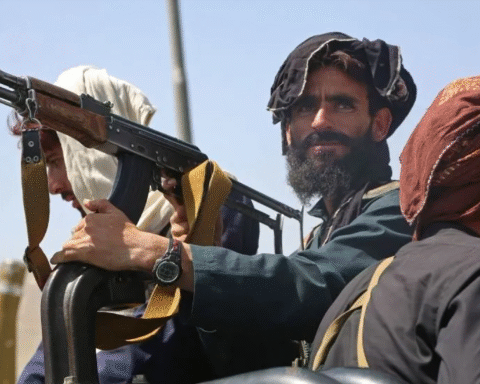In 2025, art again had its clash with politics, making the border through the identity of a man and community. Diljit Dosanjh, a Sikh singer and actor, has been in controversy after releasing a cross-border film with Pakistani actress Hania Aamir with title Sardar Ji. The film was directed long before the recent flare-up in the fight against India-Pakistan tensions and had no political motive to it, the content was taken light-heartedly and was pure entertainment only. However, it was brutally criticized in India at the time, upon its release. The event that was ought to be a feast of artistic cooperation instead turned out to be a target of nationalistic indignation. Diljit was called a traitor, because he was assumed to be working with Pakistan. What was his real crime? Purely by calling himself a Sikh. His identity is what now became a source of suspicion, and his freedom of expression was turned to arms against him.
It was not purely an offensive to one or another film or artist. It was a fight against the national and cultural identity of a whole nation. Again, a Sikh was reminded that he could never be trusted to be loyal to India. A presumption of unfaithfulness smeared his success, his voice and his art thereby indicating how little room is left in mainstream discourse when Sikh voices express their distinctiveness.
A History of Oppression
The experience of Diljit is not something personal, there is a long history. When the Indian army invaded the Darbar Sahib or Golden Temple in Amritsar in Operation Blue Star in June 1984, it was not merely an army operation. To most Sikhs it was sacrilege. Males, females, children and religious faithful were murdered. Guru Granth Sahib which is the eternal guru of Sikhs was desecrated. This was more than bloodshed, it was a ritual move to forget the Sikhs with the claim that it was in the national interest.
There was a gruesome pogrom later in that year after the assassination of Prime Minister Indira Gandhi. In such cities as Delhi, thousands of Sikhs were murdered. The Indian police supported the attackers or even stood as watchdogs. Thousands of Sikhs were killed, and after more than forty years, the criminal is still not punished. Nobody has really been brought to book. It is out of these events that the idea or a dream of Khalistan, a separate land where Sikhs were not the second-class citizens, where their religion and its morale not crushed in the wheels of the machine of state violence.
Legal and Cultural Denial
Matters are made worse by the fact that the Indian Constitution denies Sikhism the non-recognition of a stand-alone religion. Unwilling to assimilate into Hinduism, legally, Sikhism is absorbed under Hinduism, and thus its theological and cultural identity is literally wiped on paper. This is no technical omission, it is an ideological gesture of doubting. It brings down a proud nation, with its own gurus, scriptures, symbols and traditions to a minority of something it has ever been distinct. To a lot of Sikhs, this might as well be colonization of a different kind.
Furthermore, this rejection has also been applied to policies of systematic undermining of the heartland of the Sikhs, i.e., Punjab. The Punjab which had previously gained a reputation of being the breadbasket of India is no longer applauded since this region experiences the highest rate of farmer suicides. The rivers in Punjab lose their water to other states without adequate payment. It has been emasculated by debt and its young people are swept up in a drug epidemic. There are numerous reports that this is not an accidental crisis but that it is facilitated, to say the least, allowed by political and police services that had vested interests. Outcome: the generation stunned into silence, deprived of the uprising, and the alienation, being out of touch with its source.
Silencing the Voice of Protest
The voices that start to resist are dealt with violence. The killing of singer Sidhu Moosewala, a recognized role model to Sikh youth power, raised the red flag of incrimination of the state. His lyrics were in tune with the hurt and the pride of Punjab, and that may be the reason he was a threat. Beyond India, where the Sikh diaspora continues to maintain its identity and spread the word, in India it has become evil. The 2023 killing of Hardeep Singh Nijjar in Canada, a crime that Canadian Prime Minister Justin Trudeau explicitly blamed the Indian government over, demonstrated that there is no tolerance to opposition even outside the country. The problem started on a local level but has evolved to become an international problem on human rights.
The Shrinking Space for Sikhs in India
Sikhs are also underrepresented politically. Delhi administrators who have no clue about the culture or issues of Sikhs and Punjab make decisions which affect them. Sikh history and Sikh political aspirations are relegated in textbook history and their political aspirations are popularly covered as acts of terror. This is a very calculated argument that is creating a false impression of peaceful activism being extremism, so that empty and justified demands will precede the point of legitimizing the idea. That is why in the climate of the marginality, the effacement, and the fear, the dream of Khalistan survives.
The Case for Khalistan
To the Khalistan supporters, Khalistan is more than a political slogan. It is a dream, a homeland they (Sikhs) can live with honour and freely profess their religion and transmit their language and culture without living in fear. In a society where artists are not censored, farmers will not be suicidal, and young people would not be lost in the consumption of drugs. In places where there are Sikh voices and not hunts. Where, in a pound of flesh, justice finally consigns the ghosts of 1984 to their rest, rather than to denial.
Which means that in case the world does believe in the right to self-determination as defined in the UN Resolution 1514, why can the same not apply to the Sikh nation? Why do some freedom fights make it to headlines and others remain under wraps?
A Call to Conscience
Sikh nation has never demanded that it should be given anything more than to be able to live honourably. Whether in the Punjab countryside or the shrines of Amritsar, in the streets of Delhi in 1984 or in international arenas of the present century, the Sikh identity has been forged like iron, serves like steel and sacrifices to win. However, this fortitude does not have any limit.
The deprivation of the rights of the Sikh people cannot be a simple crime against a given people, but it is the scar on the conscience of the whole world. The Khalistan dream does not concern the division of India; it is more about curing the Sikh nation. The world needs to wake up and listen not in reservation, but with goodwill.








